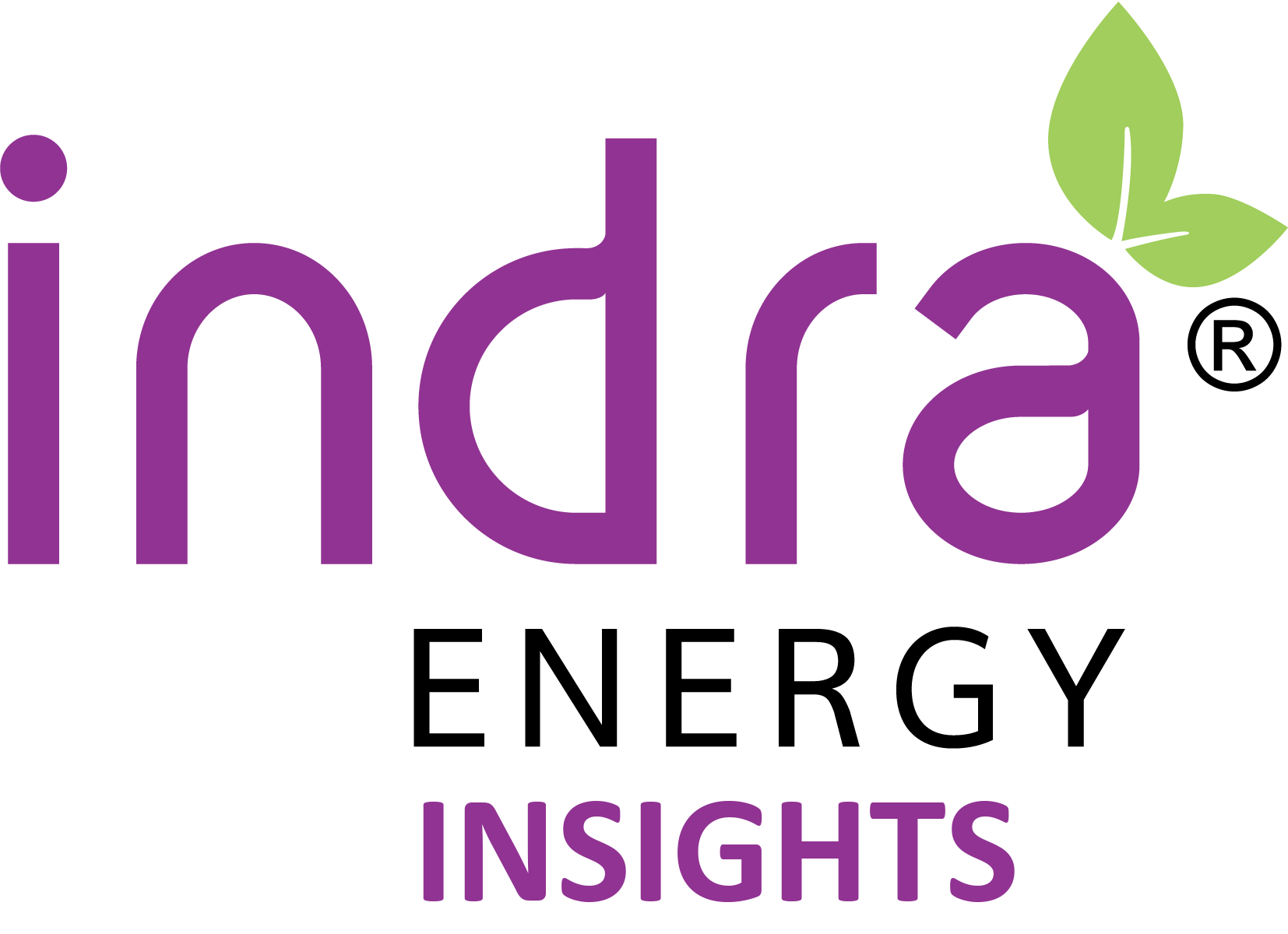HVAC systems feed on an enormous amount of energy. With as much as half the energy used in your building being spent on heating and cooling,[1] getting the most out of what you have is the name of the game. This means being proactive when it comes to enabling the energy efficiency of your existing HVAC system, or evaluating the need for a new and improved one. We’ll split up our advice into three parts: in-house practices, maintenance, and upgrading/replacement.
In-house practices
When recruiting a building manager, operator, superintendent, or energy manager, be sure to list HVAC familiarity in the hiring criteria. They don’t need to be an expert per se but should at least not be totally green when it comes to maintaining an office-wide system. If your current manager or super is not HVAC competent, it may be worth looking into a short-term training program that will bring him or her to a basic level without going for a full-blown certificate degree. This person’s HVAC duties will include routine checking of the system, minor repairs and maintenance, regularly cleaning the units and changing the air filters in order to preserve airflow, installing programmable controls and thermostats, and coordinating interventions with an external HVAC professional as needed.
To support this internal role, you can also consider assigning another member from your team as the HVAC Captain. Their job will be a bit more superficial: monitoring thermostats, making sure that equipment that is not in use gets powered down, communicating with the manager or super if they notice any issues, and monitoring the overall energy use of the office. And if you really want to be proactive, this person can also collaborate with your energy manager to hold regular workshops on consumption reduction just to continuously remind everyone to do their part.
Retro-fitting, insulating, and minor upgrades
For these measures, you’ll need to turn to the pros—but don’t worry: it doesn’t need to cost an arm and a leg. And regardless, HVAC intervention almost always carries a favorable return overtime in the form of lower energy bills, depending on the intervention.[2]
You know it’s a good time to retrofit when you find yourself constantly needing to fix a unit but the timing to invest in a new system just isn’t right yet. You may also just be looking for a bit of increased HVAC energy efficiency without going for a total overhaul. Examples of retrofitting include replacing the compressor, adding condenser fan controls, integrating demand-controlled ventilation, and installing air side economizers.
None of the above is cost-prohibitive compared to replacing the system altogether. You just need to be sure to find a reputable HVAC pro in your area. You can always consult one of the free energy advisors at Indra Energy to get some referrals or advice on finding a solid specialist near you. Most professionals should be willing to perform a free audit to figure out where your investment will be best spent. Who knows, it could just be that all you need is improved insulation.
Investing in a new system
Have you found a super trustworthy HVAC pro? You can work with them to crunch the numbers and determine if it is time to invest in a modern, ultra-efficient system. If your system is more than 10 years old, then the numbers will likely indicate that the time is nigh.[3] You’ll want to invest in units with the highest SEER rating [4] within your price range, which means higher HVAC energy efficiency. Energy Star models are another good indication that the unit meets all the latest guidelines. In addition to cost savings for your company, you’ll also be doing your part for the environment by going with these high-standard products.[5]
You may also consider investing in a Variable Refrigerant Flow system, which can provide cooling and heat simultaneously in different parts of the same building.[6] By controlling the individual zones of your space, your unit will never use more energy than it needs. If you are looking for the best long-term investment for energy efficiency in your office space, this could be the way to go.
Having a Trusted Partner
If you are unsure about any of the above, don’t hesitate to give one of the expert advisors here at Indra Energy a call. We would be happy to go over your options, help you make an assessment on your existing system, refer a professional, or offer any other friendly advice to guide you on the best HVAC path possible.
Manage your home’s energy costs while proactively reducing the impact on the environment. Find out about Indra Energy’s 100% renewable energy resource2 rates HERE.
Sources
[1] https://www.energystar.gov/products/heating_cooling
[2] https://www.energystar.gov/buildings/facility-owners-and-managers/existing-buildings/find-financing/calculate-returns-energy-efficiency
[3] https://www.absolutecomfortcs.com/2018/05/20/hvac-upgrade-signs/#:~:text=It’s%20More%20Than%2010%20Years%20Old&text=Typically%2C%20an%20HVAC%20system%20should,money%20in%20the%20long%20run.
[4] https://www.laheatingairconditioning.com/post/what-is-seer
[5] https://www.energystar.gov/ia/partners/publications/pubdocs/ENERGY%20STAR%20HeatingCooling%20Brochure_508.pdf
[6] https://22-7.co.in/reasons-to-choose-vrf-hvac-technology/
(1i) The information provided in this blog is for illustrative purposes only. Indra Energy (“Indra”) is not making any service offerings or guaranteeing any results. Indra makes no warranties (express or implied) and/or representations regarding the accuracy, reliability or completeness of the information presented, and is not responsible for any omissions, errors or mistakes in the information provided in this blog; sources have been cited herein for reference. Indra Energy has no legal affiliation with any of the companies referenced in this blog.
Indra Energy is a licensed independent seller of electricity and/or natural gas in the states of Delaware (electric license number: 16-0929); District of Columbia (electric license number: EA 2016-16 and gas license number: GA 2016-05); Illinois (Docket number: 12-0269); Massachusetts (electric license number: CS-092); Maryland (electric license number: IR-1804and gas license number IR-1803); New Jersey (electric license number: ESL-0049 and gas license number: GSL-0033); Virginia (gas license number: G-49); and Pennsylvania (electric license number: A-2009-2108338 and gas license number: A- 2009-2100320). Please visit Indra Energy’s website for Terms and Conditions of Service and product offerings, and Environmental Disclosure for details on fuel resource mix in your state.
(2) Electric: One hundred percent (100%) of your electricity usage will be matched with renewable energy credits (RECs), generated from renewable or alternative energy sources in the United States which have been qualified as such.
Gas: One hundred percent (100%) of your natural gas usage will be matched with carbon offsets.















